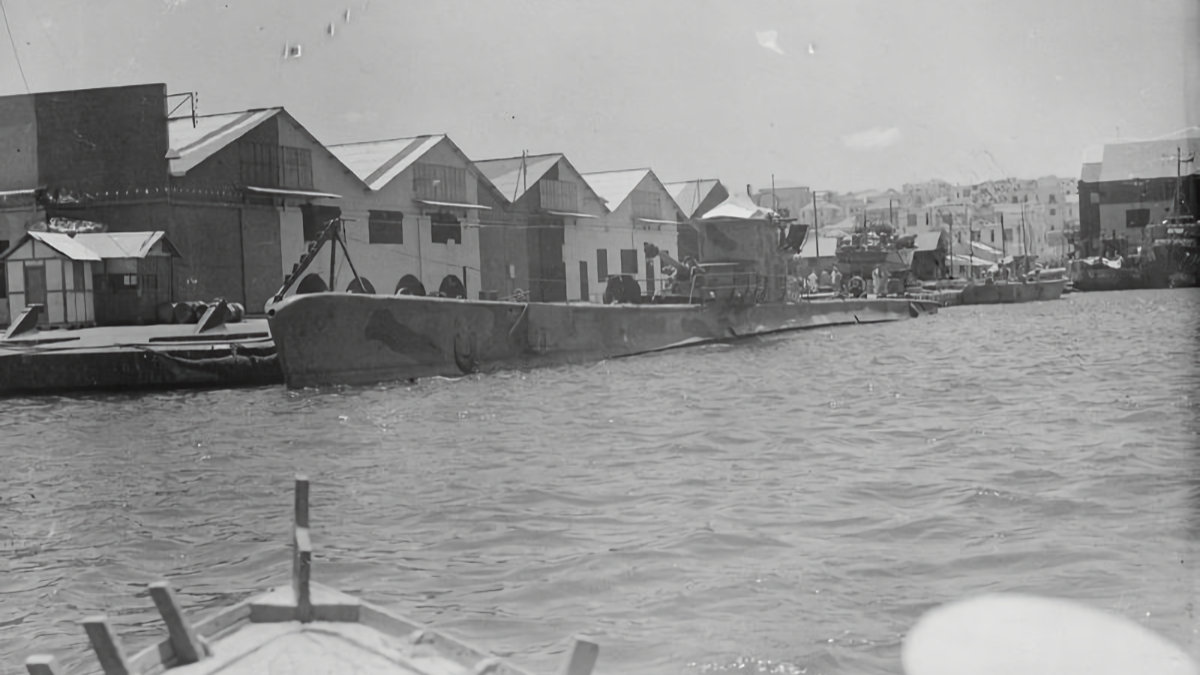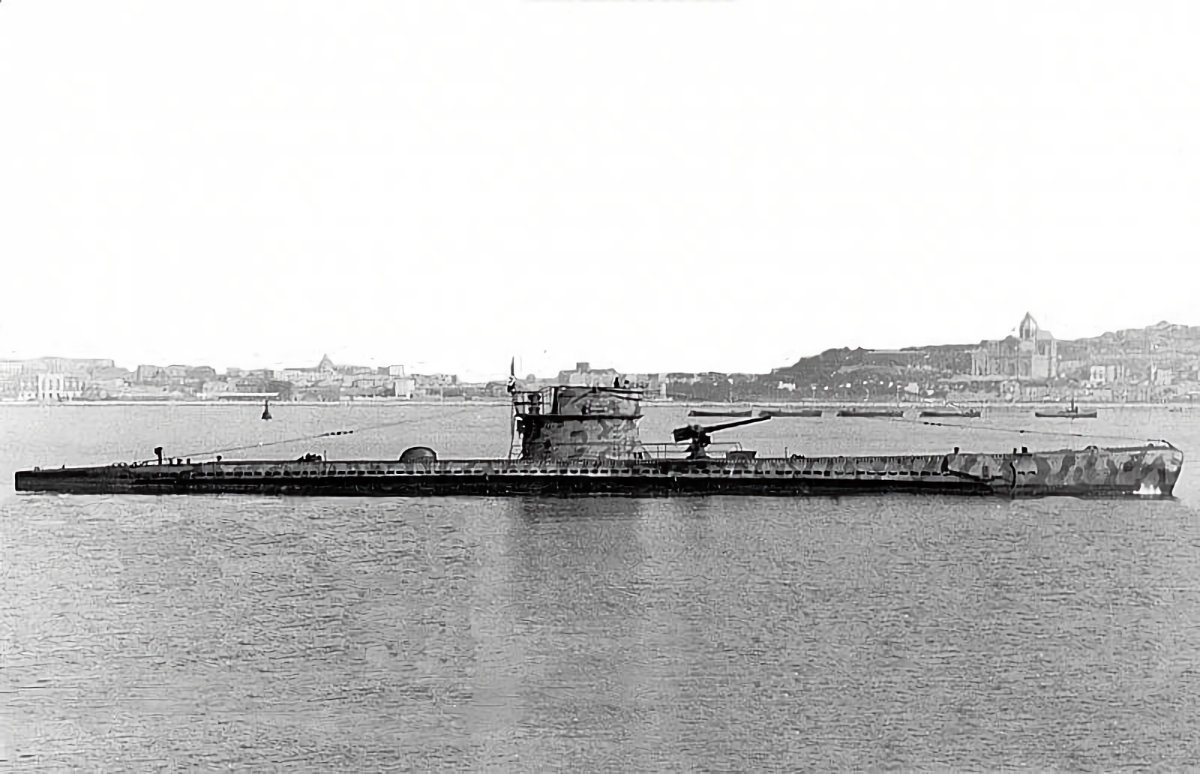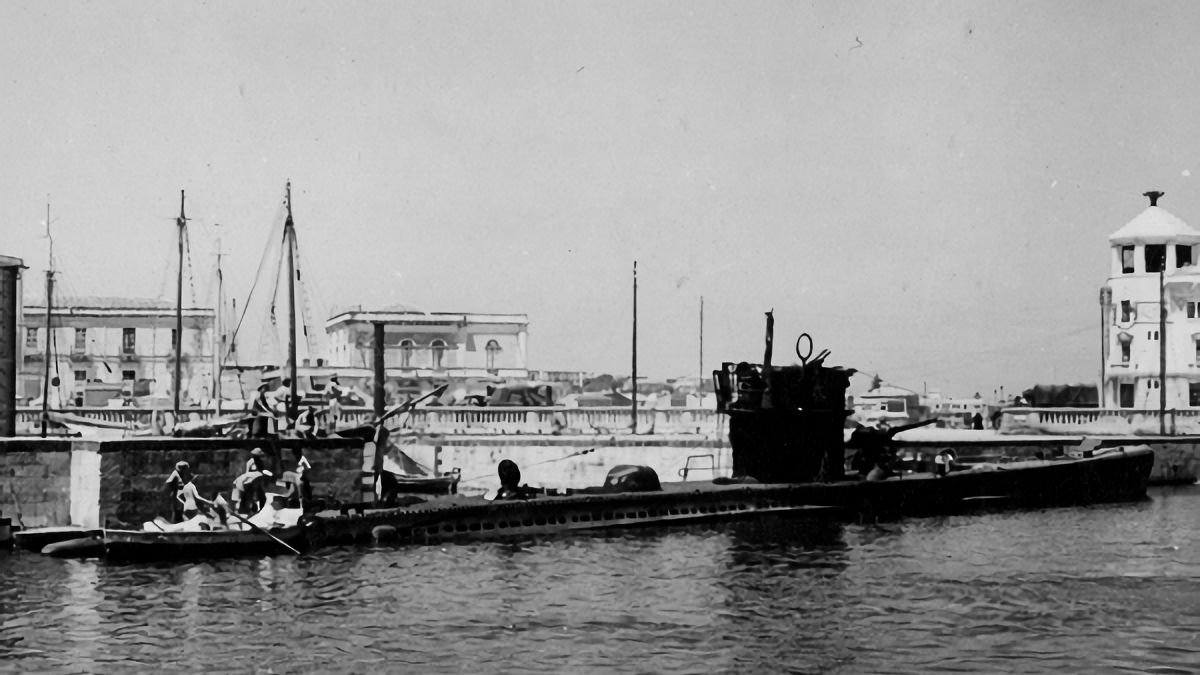Tag: naval
-
Greek Submarine Matrozos

Greek Submarine Matrozos Matrozos was a Perla-class submarine captured by the Royal Navy during World War Two and subsequently operated by the Royal Hellenic Navy. Perla was the lead ship of her class of submarines built for the Italian Regina Marina. On June 6, 1942, Perla launched two torpedoes at the British corvette HMS Hyacinth.… Read more
-
Italian Submarine Bronzo

Italian Submarine Bronzo Bronzo was an Acciaoia-class submarine operated by the Italian Regina Marina. She was launched on 28th September 1941 and commissioned on 2nd January 1942. Bronzo had an active but unsuccessful career, being involved in the attacks on the Pedestal and Operation Harpoon convoys. She was captured on 12th July 1943 after being… Read more
-
Free French Submarine Narval

Free French Submarine Narval The French submarine Narval was an Acciaoia class submarine operated by the Free French Navy during the Second World War. Originally operated by the Italian Regina Marina as Bronzo, she was captured on 12th July 1943 after being engaged by HMS Seaham, HMS Boston, HMS Cromarty, and HMS Poole. Towed into… Read more